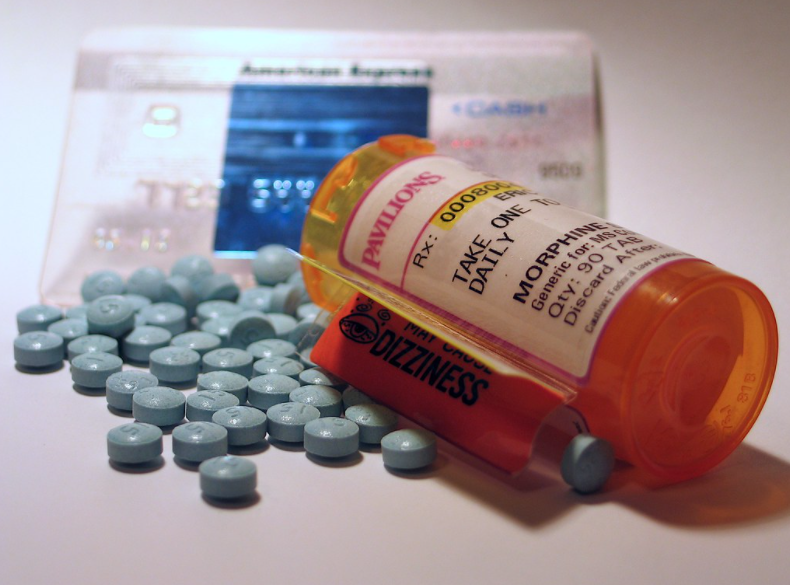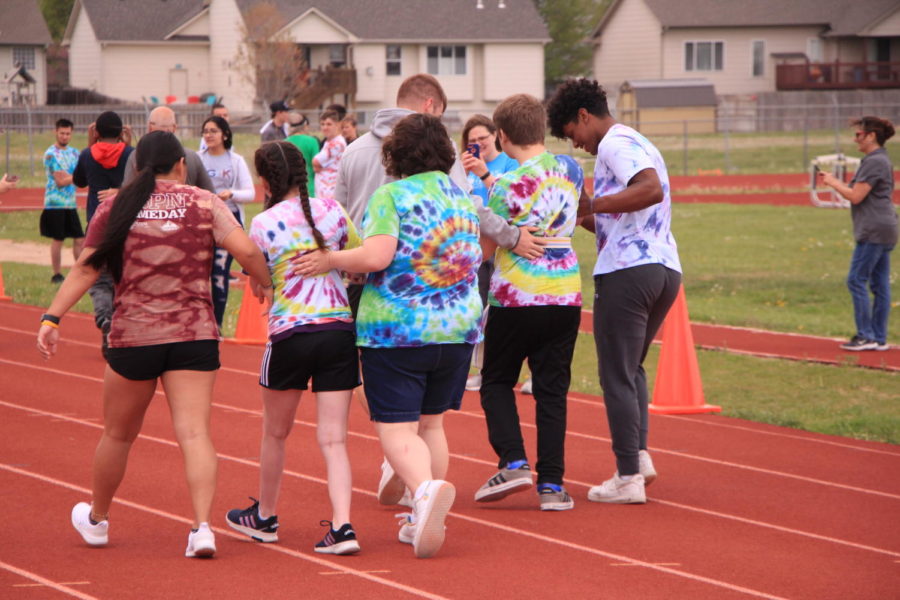The problem of painkillers
October 21, 2020
Dealing with injuries is an everyday struggle for athletes. Athletes are aware of the hazards of playing when they sign up, but dealing with an injury is difficult for all athletes.
Data from the US Department of Health and Human Services reports an estimated 8.6 million injuries occur from sports each year. When an athlete is injured, prescription drugs or over the counter medicine can be used to ease the pain, but what is sometimes overlooked is the use of “painkillers” to not fully or professionally heal the injury.
Podiatry Today reports that for many years there has been a stigma around the injured athlete, to go back to being a driven, active player as soon as possible. It is also widely known that athletes play through the pain or “tough it out”. Even when following a professional rehabilitation technique, the switch going from an injured athlete to an active athlete does not come without complications, whether it be physical or emotional.
Junior Gabriella Mayes explains that surgery is definitely a better option than taking painkillers, although surgery could result in other inconveniences.
“Taking painkillers sometimes seems like the better option because with surgery you have to be out of the game for a while,” Mayes said. “Surgery can also be super expensive depending on where the surgery is located and insurance.”
Mayes, who has ran track and cross country since seventh grade, says that she suffers from what medical professionals call Patellar Tendonitis. Mayes explains that she first injured her Patella while running eighth grade track, and the injury continues to worsen the more time she runs, this current cross country season being the worst pain she has felt with this injury. Mayes says that taking painkillers is a short term solution to injuries, a long term solution for her specific injury would be surgery.
“I take [painkillers] every morning and right before practice to help deal with the pain in my knees and hips,” Mayes said. “I take Aleve most of the time but sometimes Ibuprofen.”
When it comes to healing an injury, painkillers play a big part in recovery. Among these painkillers, some are harmless such as Acetaminophen and Ibuprofen. Another harmless painkiller is Naproxen also known by its brand names; Aleve, Naprosyn and Anaprox. These are both examples of non-steroidal and non-inflammatory drugs, according to Better Health by Aging.
In a survey filled out by 105 students at Newton High School, 59% of them admitted to using painkillers when dealing with injuries. Junior Simon Hodge, a participant in both swim and track, acknowledges his use of painkillers when dealing with injuries, or just the simple headache.
“I took Advil and Ibuprofen and had pads in my heel and the injury eventually went away.” Hodge said.
On the other hand, not all painkillers are harmless drugs. The class of drugs referred to as Opioids have a high track rate for causing addiction and overdoses, according to the National Institute on Drug Abuse. Opiods are used to relieve moderate to severe pain, and can make the user feel relaxed or “high”.
Commonly used Opioids may include Hydrocodone, Oxycodone, Oxymorphone, Morphine, Codeine, and Fentanyl. Some of these may be used for recovery from surgery, including a dental surgery such as getting your wisdom teeth removed. Athletic trainer Elizabeth Eck agrees that Opioids can become addictive.
“Medicines [such as Opioids] have to be prescribed by a physician to be used,” Eck said. “If an athlete is prescribed these medicines there is always a possibility they can become addictive, but physicians do a good job of not over prescribing these painkillers.”





















